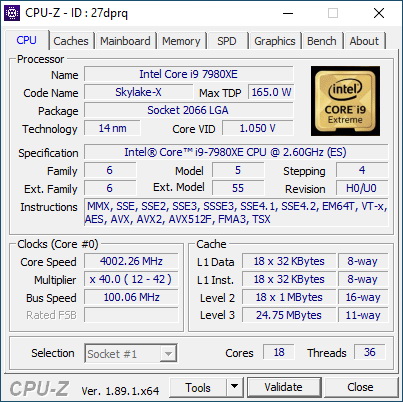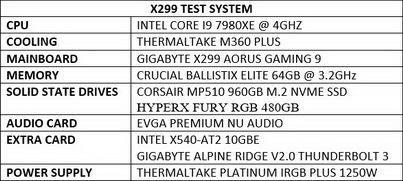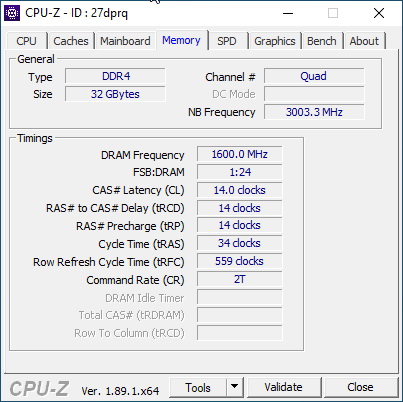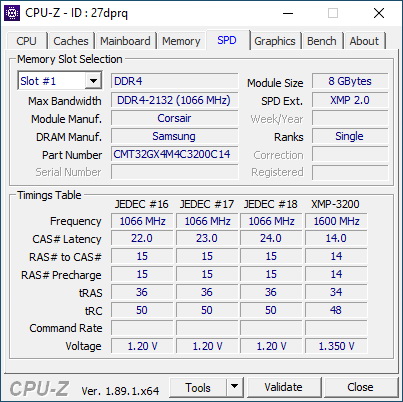TEST BED


TESTING METHODOLOGY


Thanks to XMP profiles the only thing one needs to do in order to run this RAM kit at its advertised frequency, timings and voltages is to choose/enable that XMP profile from within the BIOS and reboot. That being said if you're into overclocking you may not wish to use the main XMP profile but instead to choose your very own frequency, timings and voltages to achieve even higher performance numbers and that's exactly what we'll also be doing during our DDR4 tests. To be more specific aside testing each kit with its XMP profile we will also be upping the voltages (up to 1.4V max) and frequencies (200MHZ increments) until we find the maximum achievable stable frequency. We also thought about upping voltages and reducing timings instead of increasing the frequency of the modules as high as it can go (always stable and without going over 1.4V) but the end results are pretty much identical. However, do take into account that all mainboards and memory kits are not identical so although in all likelihood you should be able to hit the frequencies, we do you may also be able to go even higher or not quite as high.
As for the how we'll be testing each DDR4 Quad-Kit to arrive in our lab well there aren't that many benchmark programs that only test RAM (or at least RAM and CPU without anything else coming into play) but we got most of them and so you will be seeing results from following benchmarking programs, AIDA64 Engineer Edition, Cinebench Release 20, MaxMemm2 (because we are getting low performance numbers this doesn't seem to play well with our test rig - probably because of the X299 architecture - but we decided to include it regardless), Passmark Performance Test 9, Sisoftware Sandra Titanium and WPrime v1.55 (we may also add a couple of game tests once we finalize the GPU model for this test rig). All tests are repeated a total of 6 times after which the average numbers get recorded into our charts.

 O-Sense
O-Sense

.jpg)





.png)

